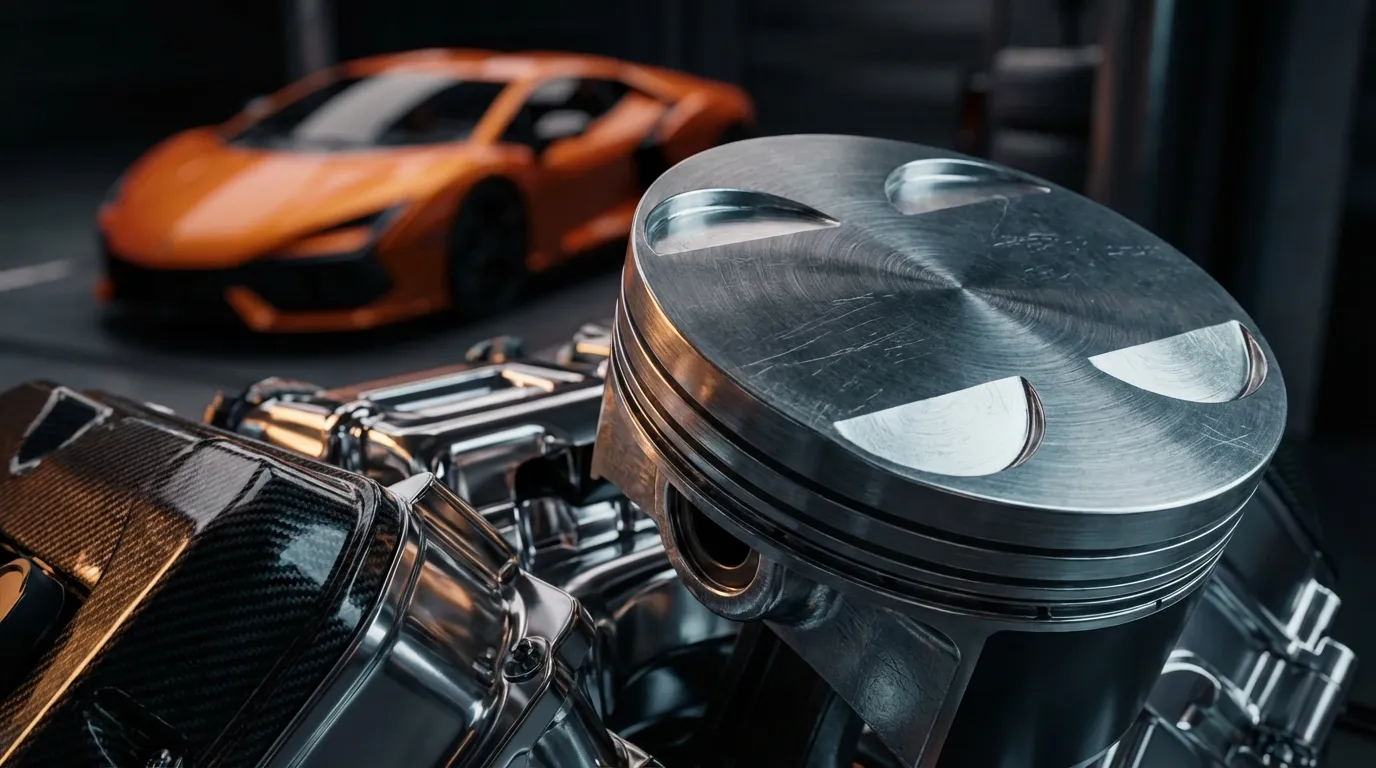Is the V8 dead? Understand why 4-cylinder turbo engines dominate, but hide maintenance secrets that can be costly.

It’s inevitable: when searching for SUVs, sedans, or even sports cars today, you’ll find more and more options with turbocharged 4-cylinder engines, leaving behind the legendary V6 and V8. But is this “miniaturization” evolutionary or just disguised economy? Prepare for an analysis that will clear up all your doubts!
High-Performance 4-Cylinder Engines: What Changed and Why?
It’s no coincidence that turbocharged four cylinders have become almost mandatory in the automotive world of 2024. Legislation pressures, the pursuit of efficiency, and the promise of more torque at low revs are changing the entire landscape. Manufacturers like Toyota, Chevrolet, and Ford have already retired larger engines in their volume models. The result? Lighter and more efficient cars, but of course, with a technical cost.
Instead of losing performance, modern 4-cylinders surprise, as in the case of the new Chevrolet Traverse, which exceeded the power and torque of the previous V6 despite reducing engine size.
Advantages: Economy, Efficiency, and Surprising Performance
- Real fuel savings: Fewer cylinders, less weight, less friction. Models like the Toyota Highlander turbo jumped from 23 to 25 MPG, delighting even those who think downsizing is just marketing.
- Lower emissions: The reduction of NOx emissions is real – and there are already cars that cut harmful levels in half compared to old V6/V8 engines.
- Agility and lightness: A Mustang EcoBoost can be even more fun to drive daily than the V8, according to reviews like Jay Leno’s. Less weight on the front axle translates to tighter curves and quicker responses.
- Cutting-edge technology: Direct injection, low-inertia turbo, variable valve timing, and materials that reduce heat and friction make these engines much more “alive” and sophisticated than old aspiration four-bangers.
Did you know that some pickups, like the Chevrolet Silverado turbo 4-cylinder already tow more than 9 tons? In many cases, the available torque already surpasses that of giant naturally aspirated V8s.
Of course, brands are boosting efficiency figures, as Toyota did when launching the new Highlander turbo. If you’re unsure about technology and performance, it’s worth checking out how even 4-cylinder motorcycles are impressing in fuel economy and usability tests, as recently reviewed in the new Honda CB650R and CBR650R.
Disadvantages: Not Everything Is Perfect (Yet) with the Four-Bangers
- Noise and roughness: Those with keen hearing or doing many long trips feel the increase in noise, vibration, and a “less linear” feel at high revs. The less synchronized combustion system of the 4-cylinder doesn’t work miracles.
- Limited towing capacity in some vehicles: Despite impressive figures in some large pickups, smaller SUVs and midsize crossovers don’t always maintain the same towing capacity when switching to downsized engines. Pay attention to technical tables!
- Complexity and maintenance costs: Turbocharging, intercooler, high pressure, more demanding lubrication, and digital sensors everywhere. The risk of breakdowns and maintenance costs can rise after a few years, especially if you forget to change the oil regularly. Worth reading the warning in Blue smoke and burnt smell? Excess oil in the engine is cooking your car!
- Long-term reliability isn’t the same for everyone: Despite advanced engineering, there are reports of premature failures in turbos and high-pressure pumps – although overall statistics don’t show a total failure. Choose your brand/model wisely and take care!
Is it Worth Choosing a Turbocharged 4-Cylinder?
If you prioritize economy, urban driving, low taxes, and cutting-edge technology, investing in a turbo 4-cylinder engine has never made more sense. This doesn’t mean it’s an “unbreakable” choice – purists will miss the refinement, and those looking for heavy towing vehicles have their own considerations.
Just don’t fall for the myth that downsizing is always inferior: there are already cases of 2.0 engines exceeding 600 hp in special setups from major automakers, as shown in this article about the new Toyota 2.0 engine.
The future? It seems increasingly compact, efficient, and balanced. However, it’s up to the consumer to research, compare real maintenance and fuel economy tables, and understand what will make a difference in personal use and wallet. Also, don’t miss the secrets of Mazda’s new SkyActiv technology, one of the leaders in downsizing revolution with efficiency without sacrificing driving pleasure.
In the lightning-fast automotive world of 2024 and beyond, ignoring turbocharged 4-cylinders is missing the wave of evolution. Just don’t slack off on maintenance or think that all downsizing is the same.

